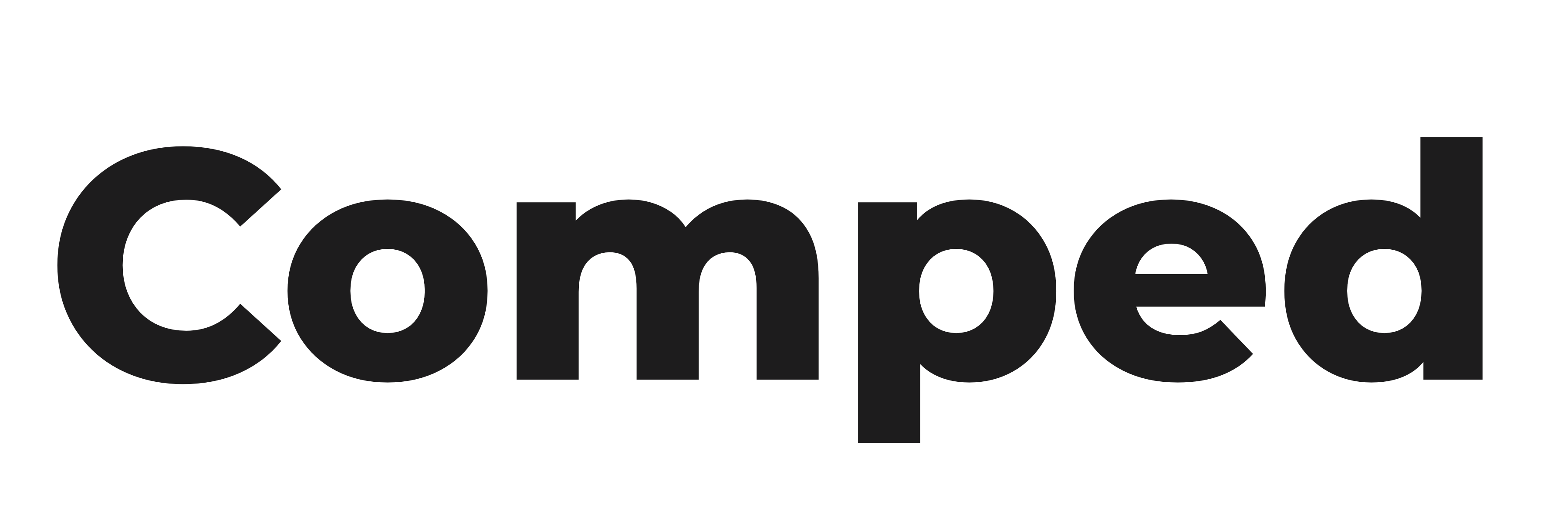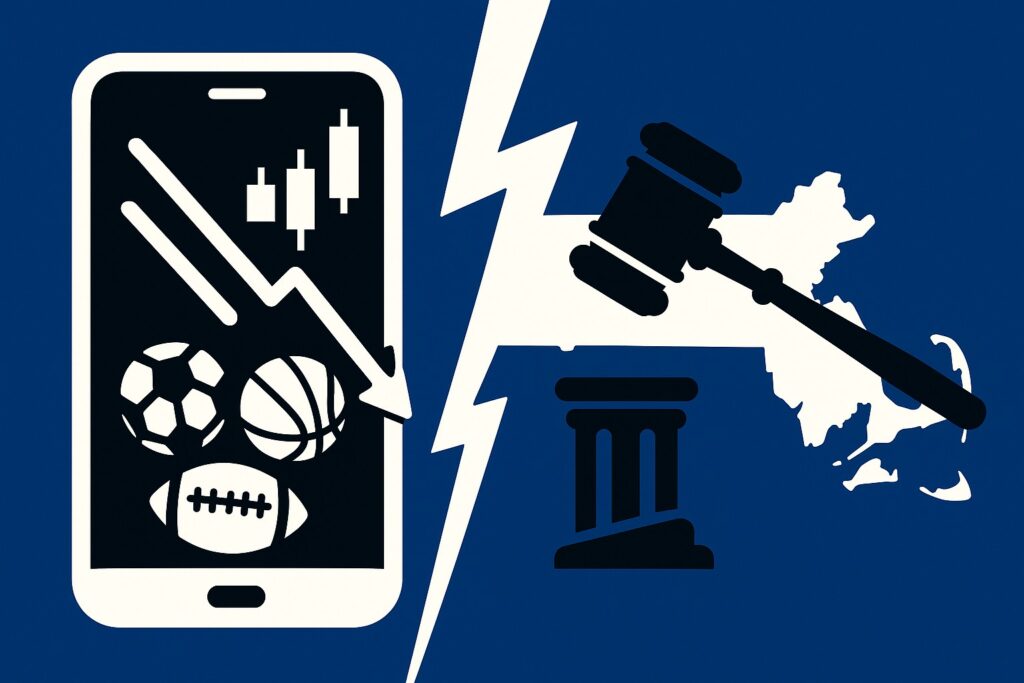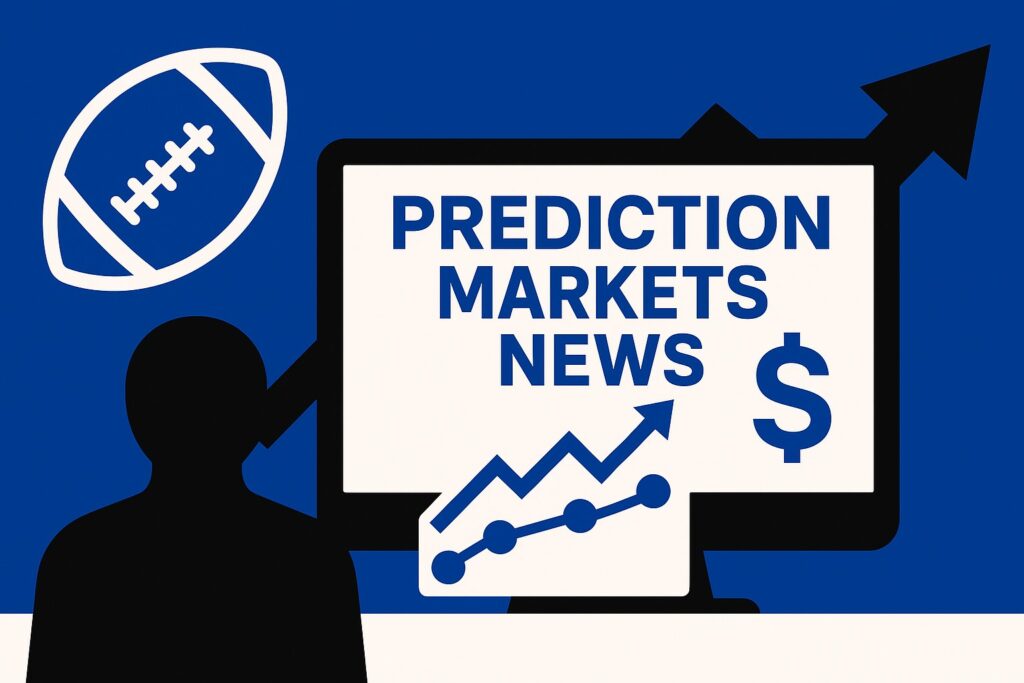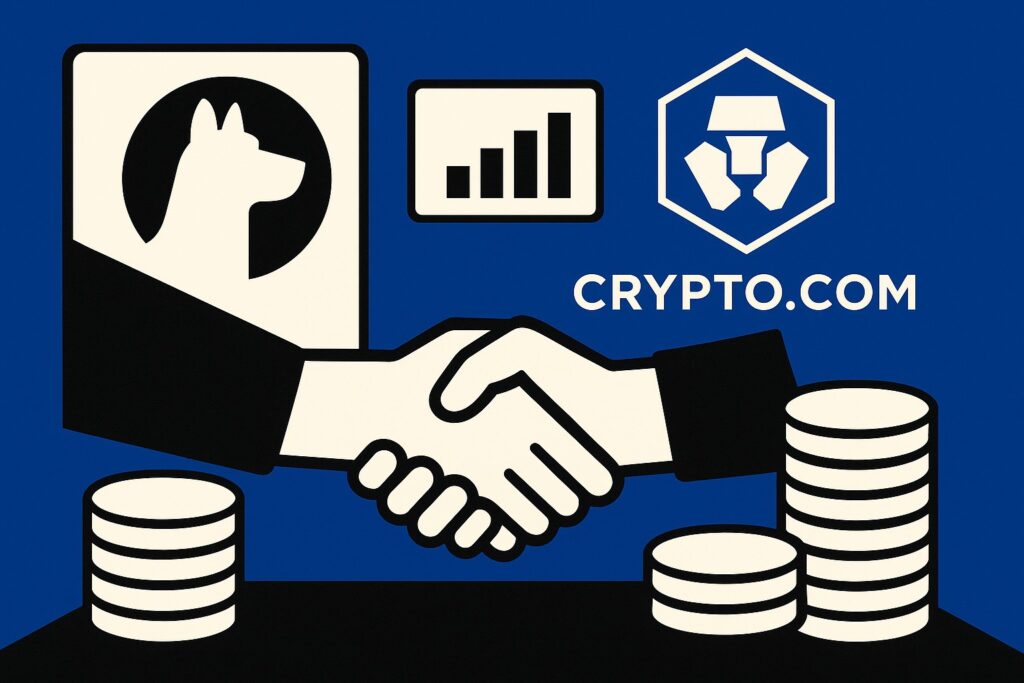After Illinois lawmakers tucked a per-wager tax into the state budget hours before the May 31 deadline, conversation among gambling industry observers shifted to, among other things, how the unprecedented fee will impact sports bettors.
Per numbers crunched by analyst Alfonso Straffon, when adding in the per-wager tax, the effective tax rate paid by operators in Illinois would have been 47% of gross gaming revenues in 2024; DraftKings and FanDuel would have been hit with an even greater effective tax rate since they write more bets than their competitors. Operators will be charged 25 cents on the first 20 million wagers, and 50 cents after that.
Illinois’ move is part of a broader trend of states raising taxes on sportsbooks. Over the weekend, Louisiana lawmakers passed a bill to increase the tax from 15% to 21.5% that Gov. Jeff Landry is expected to sign. Earlier this year, operators saw their Maryland tax rate go from 15% to 20%.
Sportsbooks are expected to pass some of this burden onto their customers.
But how? And will bettors migrate to prediction markets or black-market books if their share of the burden becomes too great?
Update: Flutter Entertainment, FanDuel’s parent company, announced on June 10, the day after this article was originally posted, that it will charge a 50 cent transaction fee on each bet placed in Illinois.
Bettors may pay more for parlays
Illinois’ new tax structure gets it closer to New York, where 51% of sports betting revenue goes to the state.
Although operators are less generous with bonuses when faced with higher tax rates, betting prices, at least on straight bets, have not been affected. If you’re laying -110 vig on a point spread bet in North Carolina, you’re laying the same price on that bet in New York.
Should that change, more bettors may wise up and explore options beyond state-regulated sportsbooks.
A more likely scenario, though, is while the juice on straight bets won’t change, sportsbooks will price an even greater house advantage into parlays – and most bettors won’t notice.
“If operators pass along the tax burden to the consumer in an obvious way, like -115 instead of -110 … both offshore and prediction markets would benefit,” Captain Jack Andrews, a professional sports bettor and industry watchdog, told Comped.com in an email. “However, the operators will probably bake it into the pie that’s already chock-full of poison for the uninformed bettor, the parlay bet. Trim another 20% off the payout of the parlay and same-game parlay and the average bettor will be none the wiser.”
Price sensitivity will come with transparency
When it comes to buying groceries and gas, people are conscious of the price they pay. We all know people who will drive further distances to a pay less for food or fuel. Yet, when it comes to betting on sports, few people seem to be price sensitive.
After all, if bettors were price sensitive, they would already be migrating in droves to prediction markets or other exchanges.
To wit, for Game 3 of the NBA Finals, bettors have to lay only -106 on Pacers +5.5 on Sporttrade (expressed as 51.5%), a betting exchange. That’s less expensive than the -110 at Caesars, the best price we’re seeing on the underdog on a sportsbook app as of this writing. Thunder -5.5 is offered at -102 on Sporttrade (50.5%) – you won’t get it that good at a traditional sportsbook.
Still, to Captain Jack’s point, DraftKings increasing vig on a straight bet from -110 to -115 may catch bettors’ attention and prompt them to try a different app. The odds on a four-leg parlay changing from +950 to +900 is more likely to go unnoticed.
Particularly with parlays, “sometimes DraftKings has a better price and sometimes FanDuel has a better price, and that’s just way too much work for the casual gambler to open up seven apps to compare price,” Sporttrade Founder Alex Kane told Comped.com
Players will become price sensitive, and thus start to shift to exchanges, should Kane’s vision of pricing transparency come to fruition. This means displaying the true odds of a bet next to the price bettors are paying.
“I really don’t think customers are going to become price sensitive in today’s construct,” Kane said.
“If all of a sudden DraftKings was offering a parlay at 6%, but added its 4% fee, and FanDuel was charging the exact same thing, 6%, but then only charging a 3% fee, then even the most recreational customers would start to notice.”
Under such a model, bettors would be inclined to check out new platforms, where they may find -101 vig on an NFL side on a Sunday morning. It will take some time, but pricing is one reason bettors may move to prediction markets and exchanges.
“What we’re going see, I think, is this total shift in making trading sports or betting sports akin to buying anything else, where there’s the price and then there’s the markup,” Kane said, “and the markup is going to be the thing that people really compare across [platforms].”
We’ll have more from our conversation with Alex soon!





